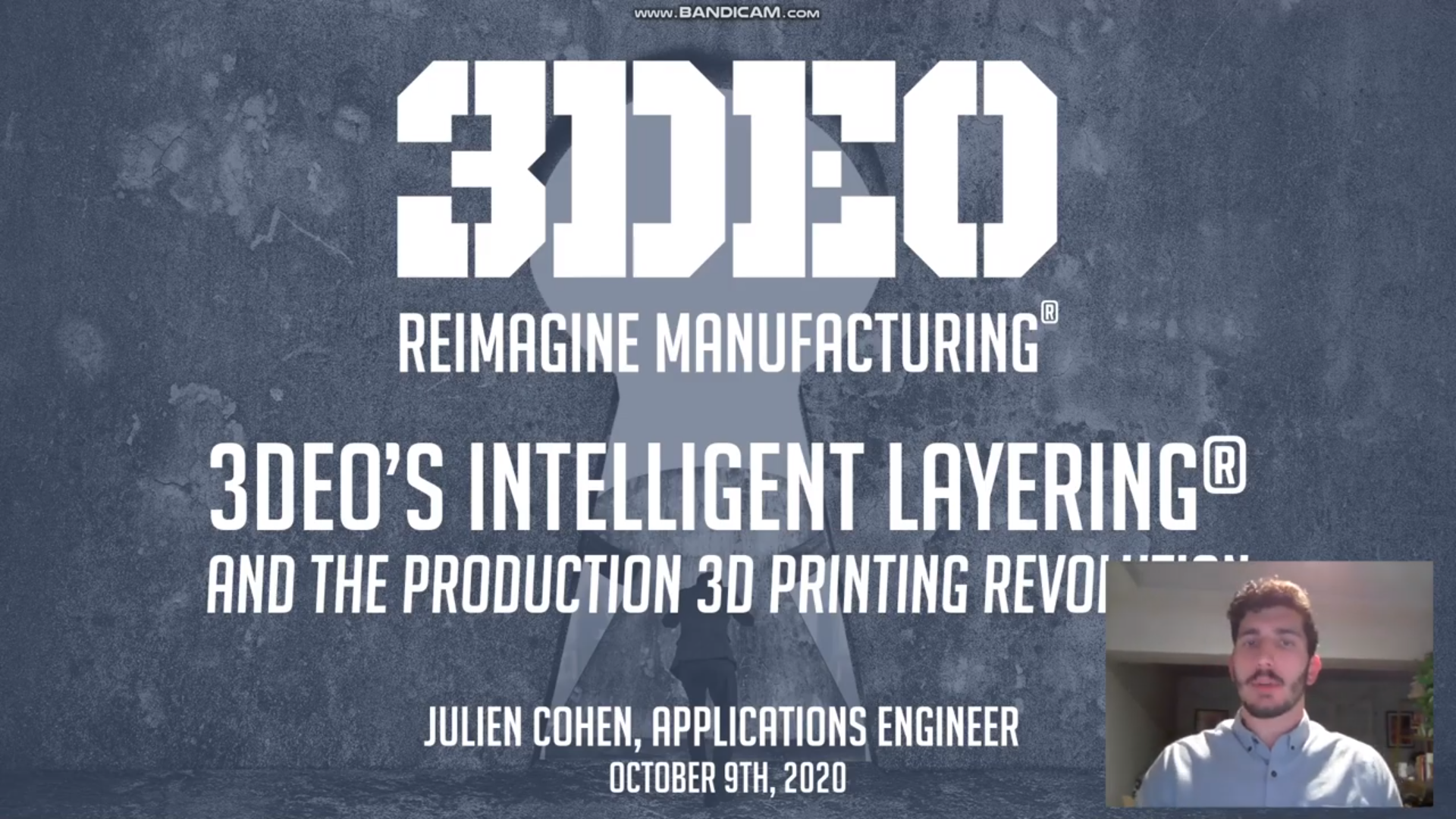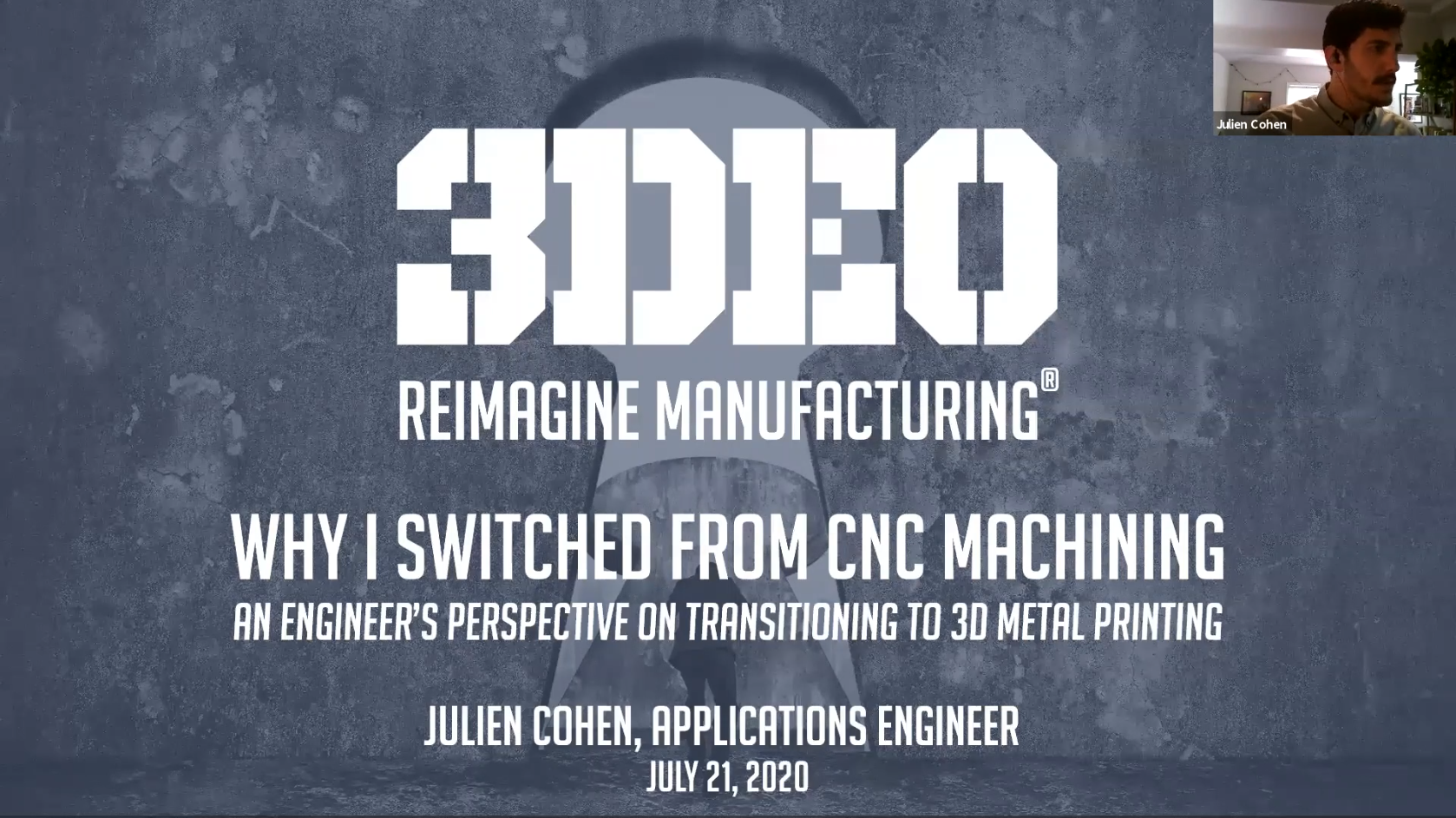FYI, your post is about 10-15 years behind the state of the art in additive manufacturing.
In plastics, serial production has been underway for over a decade. If you fly on any relatively new airplane, the majority of the air ducting and multiple other non-critical parts were printed, probably using LS (laser sintering). Boeing recently released their standard for FDM (fused deposition modeling, the type you're used to in desktop printers), and intend to use that for a multitude of non-critical components.
In metals, we've been able to produce fully dense parts, highly accurately, with much better mechanical properties than casting, for years. We use powder-bed processes similar to LS, called DMLS/SLM/EBM/DMLM depending on the company, for stainless steels, aluminum, titanium, nickel superalloys, coppers, and other esoteric alloys.
The shift from prototyping to production in metals has been occurring slowly over the past 3-4 years, mostly driven by aerospace and energy-generation. The entire military industrial complex, along with their suppliers and vendors, are currently engaged in qualifying the materials, specifications, and standards for printing critical components in planes, rockets, missiles, ships, jet engines, all manner of turbomachinery, and many more applications.
Additive manufacturing will never be used for paperclips-- but digital inventory management is incredibly attractive to large companies. Combined with the potential for part consolidation and geometric complexity, along with incredibly short lead times and lack of tooling, additive technologies begin to surpass traditional options for production (especially investment casting) both technically and economically.
User ntsplnkv2 asked for citations. I responded that most of the work I do is ITAR controlled or limited by NDA, but this is what I can find publicly available:
2014 NIST Report: 3D printing and the new shape of industrial manufacturing
America Makes [2013-2020 Technology Roadmap
Nov. 2016 Department of Defense Additive Manufacturing Roadmap
Specifics
Commercial aviation cabin interior/ductwork
http://apex.aero/airbus-boeing-3D-print-stratasys
https://www.stratasysdirect.com/blog/3d-printing-transforming-aircraft-interiors/
Metals
Fantastic overview from Hackaday
First FAA-approved structural Titanium component (from today)
First hot-fire of a printed copper fuel nozzle (from yesterday):

